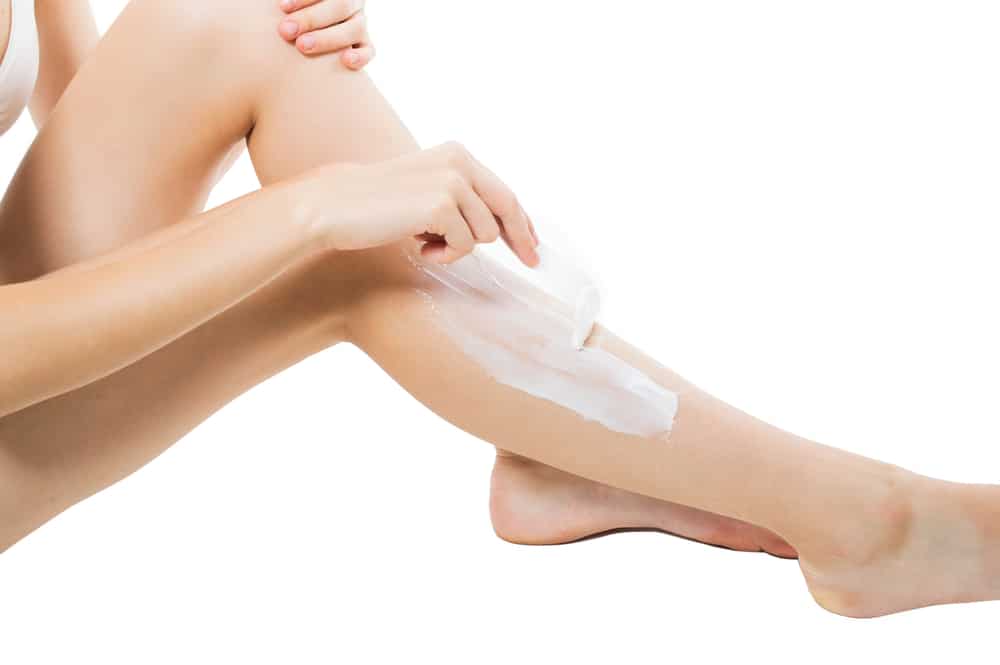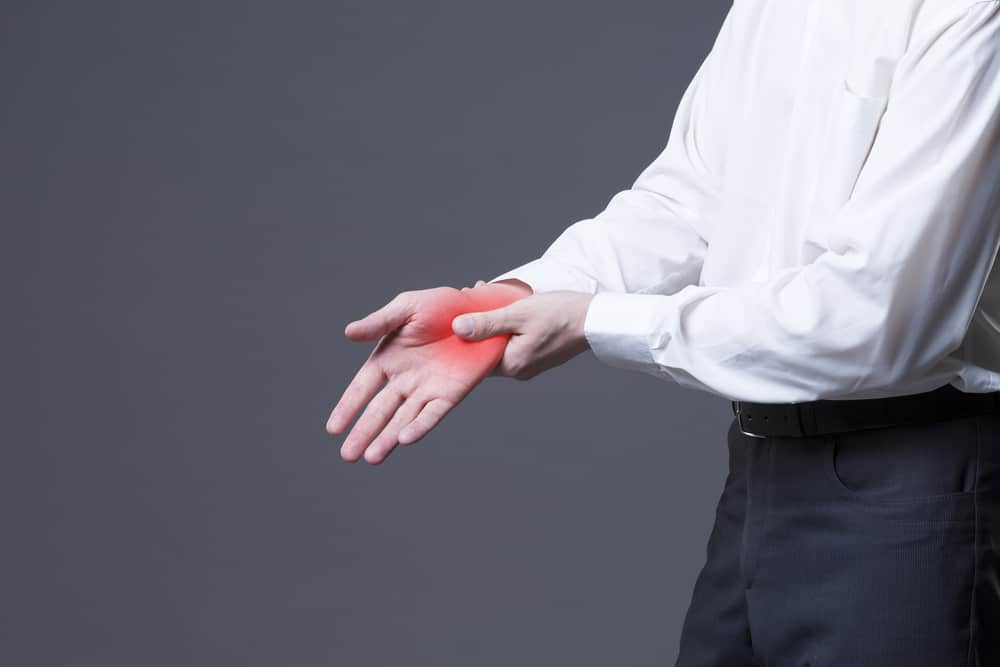Contents:
- Medical Video: Allergic Reactions
- What is latex?
- Is that latex allergy?
- Who is at risk for latex allergies?
- Can exposure to latex only pass through the skin?
- How to treat latex allergies?
- Are there other types of reactions to latex besides latex allergies?
- How can I protect myself from latex allergies?
- What if I have a latex allergy?
Medical Video: Allergic Reactions
What is latex?
In this article, the term "latex" refers to natural rubber latex, which is a product made from liquid sap derived from a rubber tree, Hevea brasiliensis. Some types of synthetic rubber are also referred to as "latex," but it does not release proteins that cause allergic reactions.
Is that latex allergy?
Latex allergy is a reaction to certain proteins in latex rubber. The amount of exposure to latex needed to produce sensitization or allergic reactions is unknown. Increasing exposure to latex protein also increases the risk of experiencing allergic symptoms. In sensitive people, symptoms usually begin within minutes after exposure, but symptoms can also occur a few hours later and can vary considerably.
Mild reactions to latex involve redness of the skin, rash, itching, or red spots. More severe reactions may involve respiratory symptoms such as runny nose, sneezing, itchy eyes, throat itching, and asthma (shortness of breath, coughing, and wheezing). Shock can occur even though it is rare. Life-threatening reactions can be the first sign of latex allergy but rarely.
Who is at risk for latex allergies?
Health workers are at risk of developing latex allergies because they use latex gloves frequently. Workers who rarely use gloves (such as housemaids, hairdressers, and workers in industries that produce latex products) are also at risk.
Can exposure to latex only pass through the skin?
Not. Latex proteins become bound to lubricating powders used in some gloves. When workers change gloves, protein / powder particles become dispersed in the air and can be inhaled.
How to treat latex allergies?
Detecting initial symptoms, reducing exposure to latex, and obtaining medical advice are important to prevent long-term health effects. After a worker becomes allergic to latex, special precautions are needed to prevent exposure. Certain medications can reduce allergy symptoms; but avoiding latex in full, although quite difficult, is the most effective way.
Are there other types of reactions to latex besides latex allergies?
There is. The most common reaction for latex products is irritant contact contact dermatitis. The skin becomes dry, itchy, and there is a hard area on the skin, usually in the hands. This reaction is caused by irritation from wearing gloves and by exposure to the powder added to the glove. Irritant contact dermatitis is not an actual allergy. Contact allergic dermatitis (sometimes called chemical sensitivity dermatitis) is the result of a reaction to chemicals added to latex during latex production, processing, or manufacturing. These chemicals can cause skin rashes that are similar to reactions to poison ivy.
How can I protect myself from latex allergies?
Perform the following steps to protect yourself from exposure to latex and allergies at work:
- Use non-latex gloves for activities that do not cause contact with hazardous substances (food preparation, routine home cleaning, general maintenance, etc.).
- Use the right protective equipment needed when handling hazardous materials. If you choose latex gloves, use powder-free gloves with little protein content.Gloves like this reduce exposure to latex protein and thus reduce the risk of latex allergy.
- Hypoallergenic latex gloves do not reduce the risk of latex allergy. However, it can reduce the reaction of additional chemicals in latex (allergic contact dermatitis).
- Use the right way to work to reduce the possibility of reaction to latex.
- When wearing latex gloves, do not use oil-based hand creams or lotions (which can cause damage to the glove).
- After removing the latex gloves, gently wash your hands with soap and dry your hands.
- Do a good house cleaning: routinely clean equipment contaminated with latex dust.
- Learn to recognize the symptoms of latex allergy: skin rash; Red stain; reddish; itchy; nose, eye, or sinus symptoms; asthma; and (rarely) shock.
What if I have a latex allergy?
If you experience symptoms of latex allergy, avoid direct contact with latex gloves and other latex products until you can see a doctor who is experienced in treating latex allergies.
If you have a latex allergy, consult your doctor about the following precautions:
- Avoid contact with latex gloves and latex products.
- Avoid areas where you can breathe powder from latex gloves worn by other workers.
- Tell your boss and health care provider (doctor, nurse, dentist, etc.) that you have a latex allergy.
- Wear a medical bracelet.












